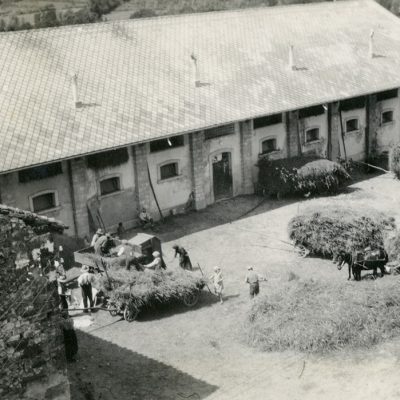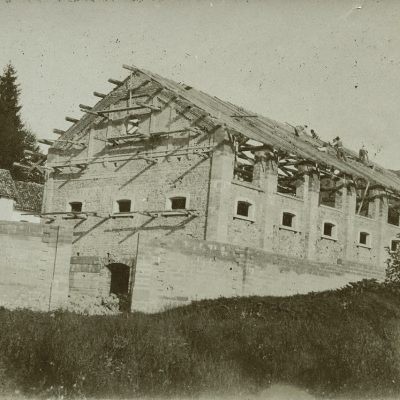The history of the Miari Fulcis family
From the origins to the present day
Certain data tell us that the Miari family has its origins in Vicenza, where the sons of Felice Miari, who gave birth to the Belluno lineage in the 11th century, come from. The first storeographic attestation of the surname refers to Andrea Da Miaro who held the position of captain of Feltre in 1110. From then on, the members of the main branch held over the centuries to follow the most significant positions and roles as protagonists.
The family has given birth to many canons, knights, judges, jurists, notaries, scholars, historians, engineers. In 1248 Alessandro Miari was one of the defenders of the city of Belluno; in 1391 Andrea Miari received the castle of Zumelle as a gift from Giangaleazzo Visconti for his services, while in 1404 Bartolomeo Miari fought for Venice and planted the banner of San Marco on the drawbridge of the castle of Belluno. In the same period the canon Clemente Miari wrote his famous “diaries of news Belluno”.
Here are some of the most significant dates in the history of the family:
- In 1412 GiovanAntonio Miari was awarded the title of Count of Palace of the Emperor Sigismund of Hungary.
- 1617: Benedetto Miari is commissioned by the Venetian republic to test maize and to introduce cultivation first in the Belluno area and then in the whole republic.
- 1644: date on which the oldest parts of the Villa di Modolo date back; this was completed in its current configuration in 1806 by the engineer Andrea Miari, becoming one of the largest villas in the province of Belluno and one of the most beautiful examples of a Venetian villa in the Alpine area.
- 1778: these are the birthplace of the musician Antonio Miari (M. 1854).
- 1815: Antonio Miari, the musician’s namesake and knight of the Order of Malta, becomes a plenipotentiary minister and participates in the Vienna Congress for his order, becoming a leading actor in it; shortly afterwards he becomes a chamberlain for the Emperor of Austria.
- 1815: Andrea Miari obtains the (Austrian) noble order of the Iron Crown.
Villa di Modolo between the two wars
Francesco and Isabella had to work hard to restore the Villa di Modolo and the palace in Belluno and the whole company after the First World War, a period during which the Villa di Modolo was transformed into a field-hospital: first of the Germans (they were responsible for the raids of furniture, paintings, books and the family archive) and then of the Italians. Between 1920 and 1940, thanks to Francesco and his uncle Tommaso, the village of Modolo was entirely rebuilt from scratch, introducing modern construction techniques.
From the postwar period to the present day
Since the end of the 1940s Giacomo (1928-2003), who very soon succeeded his father Francesco and his older brother Fulcio (1927-1951), who died prematurely, has continued his innovative work in the agricultural field by introducing vacuum-packed milking with an adjoining dairy. In 1958 he installed the first plant in Italy for the dehydration of medicinal herbs, while in the 70s he developed the breeding of thoroughbred horses. In the ’80s the intensive breeding of beef cattle was born and in the ’90s an important organic wild pig breeding, still reported as an example in trade magazines.
Today the Villa di Modolo, with the village and the surrounding countryside, continues to live thanks to the new generations: Francesco (Giacomo’s eldest son), with his sons, has decided to open the doors of the villa and the company to activities where tourism, art, catering and agricultural experimentation will be engines for the near future.












